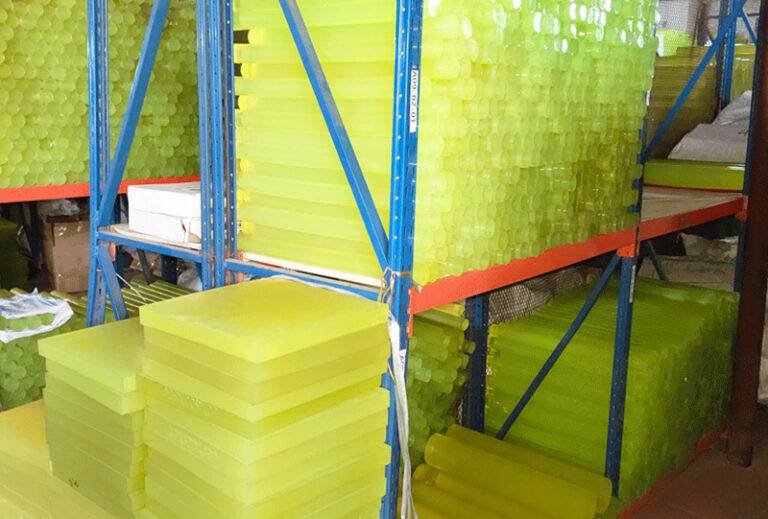Urethane material is a relatively new invention on the market, first being developed in the 1930s in Germany. Since then, it has become one of the most widely used materials on the market, and this versatile product has numerous great benefits.
In line with this, considering what urethane materials can offer and how they might work for your needs could be hugely valuable – and our experts have outlined some of the main things you should know to help.
What is Urethane?
Otherwise known as polyurethane, urethane material is a type of polymer formed from combining numerous organic units through carbamate bonds. This produces a unique material that’s capable of being used in countless different ways, making it hugely versatile for a myriad of applications.
Urethane materials offer countless different features, and this can help make them popular compounds for a myriad of modern uses. For example, urethane can be either flexible or elastic, depending on the manufacturing method; this helps make it useful in an even wider array of applications.
Furthermore, since it offers impressive strength and durability, it can also be relied on in scenarios where a heavier-duty option is needed; in fact, it’s potentially able to withstand tensile strengths of 8,000 psi (pounds per square inch).
Urethane vs Polyurethane Materials
It’s easy to assume that there must be a significant difference between urethane and polyurethane materials. However, these two terms actually refer to the same type of product. As such, if you hear someone discussing polyurethane materials, it is simply another way of talking about urethane materials.

What Types of Urethane Materials are Available?
Urethane materials are available in many different types, and the exact option that works best for you will vary based on what you require. Some of the available options include:
#1 Urethane Foam
One of the most common types of material is urethane foam. Urethane foam is commonly used in thermal insulation and cleaning sponges, bedding, and furniture. Its cushioning properties make it the ideal material for many applications.
#2 Urethane Sheets
Another alternative is urethane sheeting, which consists of incredibly thin sheets of polyurethane material. Often several mm in thickness, these sheets are capable of withstanding amazingly strong loads and are used in an incredibly wide range of applications; their thickness often depends on the core requirements of the project.
#3 Urethane Coatings
A growing number of projects nowadays use urethane as a coating, and this can make for a versatile alternative to traditional coating materials. Urethane coatings are generally applied directly to a surface to help provide a flexible and durable protective layer.
#4 Urethane Adhesives
As a further product, urethane adhesives are excellent for their flexible nature and strong bonding capabilities. These are often used in household adhesive activities, among other construction and heavy-duty projects.
Final Thoughts
If you have been looking to find a new material for your production process, there are plenty of options you could consider – and urethane is just one of these. So, if you’d like to find out more, please don’t hesitate to reach out to our experts at pengde2@pengde-pu.com, and we’ll do our best to help you find the right material for your project.


